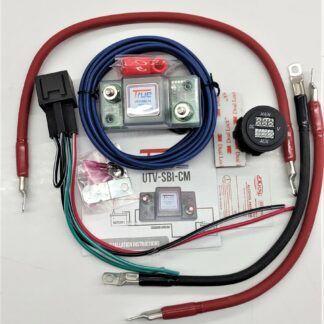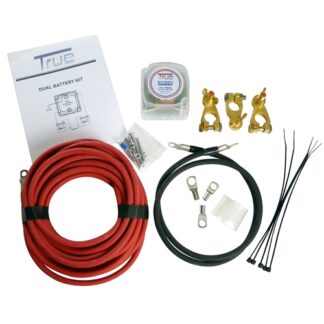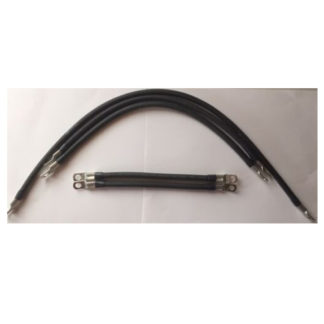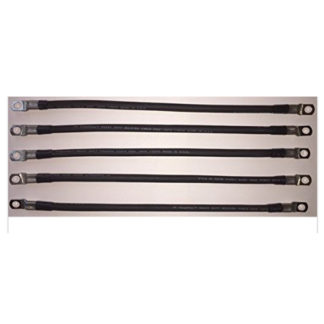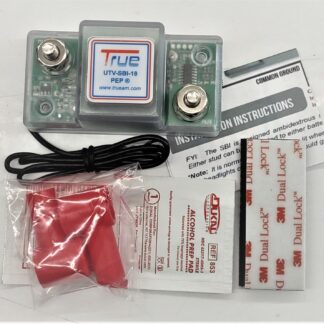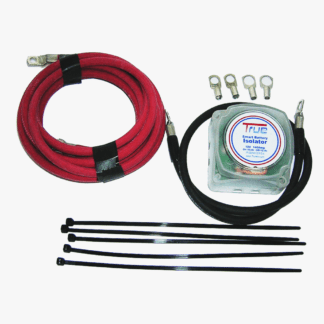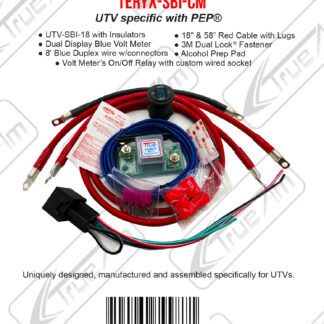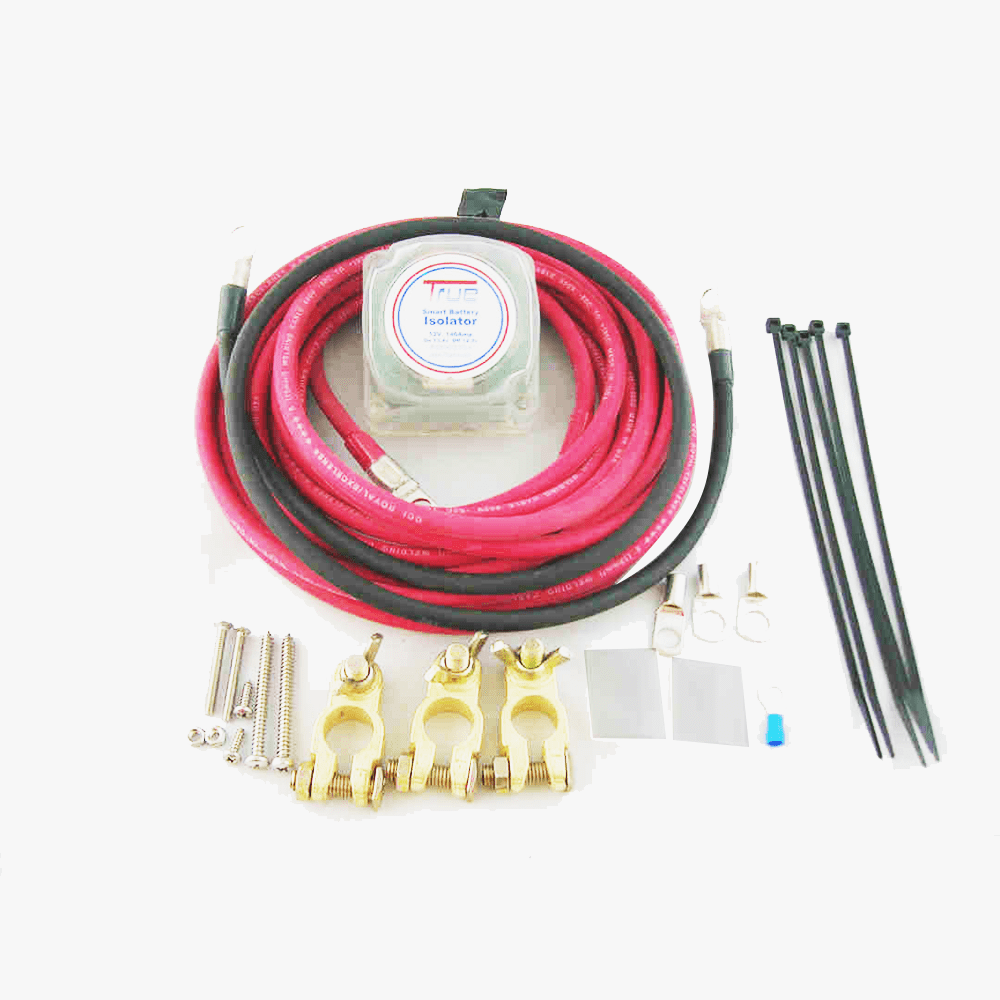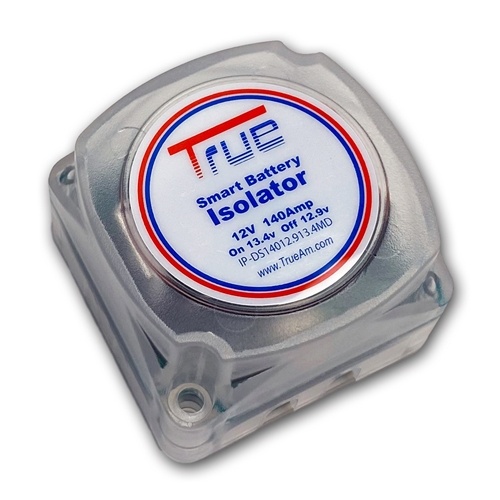
Using lithium batteries with normal (lead-acid) batteries in the same system can be difficult due to considerable variances in their properties and charging needs. Here are some important aspects to consider.
What are the Differences Between Lithium and Lead-Acid Batteries?
According to Voltage
- Lithium batteries often have a greater nominal voltage (3.2-3.7V per cell) than lead-acid batteries (2V per cell).
- A completely charged lithium battery (12V nominal) can reach 14.6V, but a fully charged lead-acid battery (12V nominal) usually achieves 12.6-13.2V.
Charging Profile
- To maintain safety and endurance, lithium batteries must have a precise charging profile, which is often a constant current/constant voltage (CC/CV) method.
- Lead-acid batteries are typically charged using a bulk, intake, and float charge process, which differs from the lithium charging profile.
Discharging Performance
- Lithium batteries may drain at a faster pace without harm while maintaining a greater voltage throughout the discharge cycle.
- Lead-acid batteries have a large voltage drop as they drain.
Battery Management
- Lithium batteries frequently require a Battery Management System (BMS) to monitor and control charging, releasing, and cell balancing.
- Lead-acid batteries don’t need a BMS, although they can benefit from charge controllers to avoid overcharging.
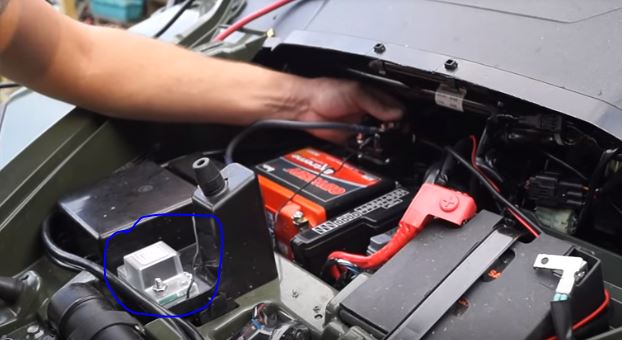
Considerations When You Plan to Use Both Types Together
- Separate Charging System – Because of the differences in charging needs, lithium and lead-acid batteries should be charged separately. Using a charger intended for one kind on another might result in inappropriate charging and significant harm.
- Isolators and switches – If both types of batteries are to be utilized in the same system, they must be electrically isolated using battery isolators or switches to avoid interfering with each other’s charging and discharging cycles.
- Mixed Systems – If combining both types in a single system, make sure that each battery type powers separate circuits or employs specific DC-DC converters to handle voltage and current variances.
Conclusion
While it is theoretically conceivable to combine lithium batteries and normal lead-acid batteries in the same system, the charging and discharging processes must be carefully managed. To minimize difficulties and maintain the longevity and safety of both types of batteries, vehicle owner should be used in separate circuits which might be costly or use reliable dual battery isolator.
A heavy-duty True® smart battery isolator is a vital component for successfully handling dual-battery systems. It assures effective charging, prevents the starting battery from being depleted by auxiliary loads, and operates automatically, making it perfect for automobiles, RVs, Ford, Chevy, GMC, Toyota, fishing boats, and other applications requiring two batteries.


